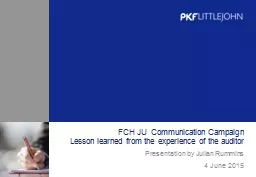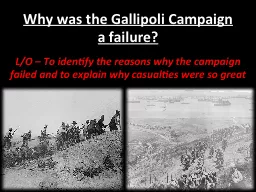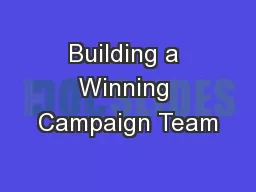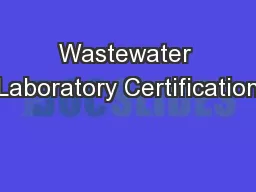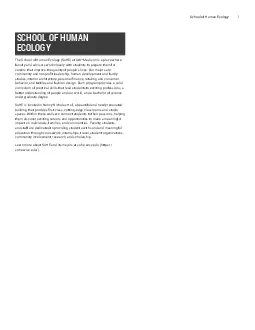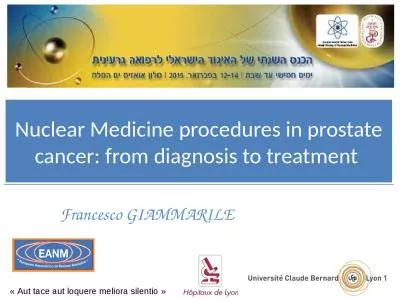PPT-FCH JU Communication Campaign
Author : pasty-toler | Published Date : 2020-04-06
Lesson learned from the experience of the auditor Presentation by Julian Rummins 4 June 2015 A brief introduction Who am I What does my organisation do for FCH JU
Presentation Embed Code
Download Presentation
Download Presentation The PPT/PDF document " FCH JU Communication Campaign" is the property of its rightful owner. Permission is granted to download and print the materials on this website for personal, non-commercial use only, and to display it on your personal computer provided you do not modify the materials and that you retain all copyright notices contained in the materials. By downloading content from our website, you accept the terms of this agreement.
FCH JU Communication Campaign: Transcript
Download Rules Of Document
" FCH JU Communication Campaign"The content belongs to its owner. You may download and print it for personal use, without modification, and keep all copyright notices. By downloading, you agree to these terms.
Related Documents

